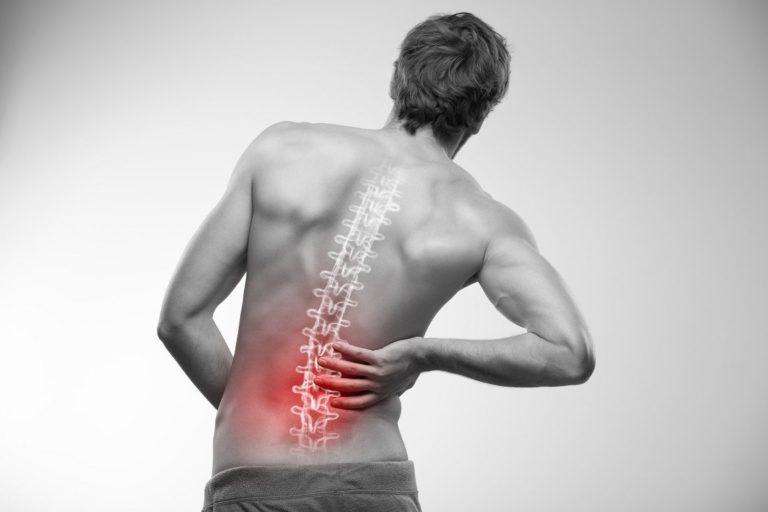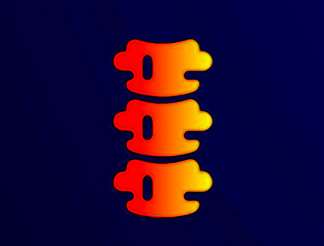LOWER BACK PAIN WHEN WALKING OR RUNNING
Causes and Treatment

Addressing Lower Back Discomfort While Walking or Running
As physiotherapists, we frequently encounter patients expressing concerns about escalating lower back pain during walking or running. There exists a common misconception that engaging in exercises should be pain-free, but is it really the case? To unravel these questions and gain insights, continue reading.
Understanding the Causes of Lower Back Pain During Walking or Running
The primary reason for experiencing lower back pain while walking or running often stems from the alignment of the pelvis and lower lumbar vertebrae during these activities. The lumbar vertebral column naturally exhibits a curve known as lumbar lordosis, providing the lower back with its arched posture. Stand sideways in front of a mirror to observe these natural spinal curves, including a slight arch in the neck and an outward curve in the middle back.
Adelaide Lower Back Pain
When the pelvis is effectively controlled by balanced and activated muscles during dynamic movements like walking, running, lifting, or even standing and reaching, it maintains its natural curved state. However, if muscles controlling these movements become imbalanced or cease to function optimally, a muscle imbalance develops. This imbalance leads to altered forces within the muscles, causing one muscle to remain contracted and overworked, while its paired muscle or synergist becomes lengthened and inactive. This dynamic imbalance exerts abnormal forces on the pelvis and vertebrae, resulting in an exaggerated lumbar spine arch known as excessive or hyper lordosis. The consequent pain arises from the prolonged activation of lower back muscles, which, like us, can become fatigued and irritable after extended use.
Lower Back Pain in Runners
The positive aspect is that addressing muscle imbalances associated with hyper lordosis can resolve lower back pain experienced during or after walking and running.
Identifying the Causes of Muscle Imbalances
The key question then becomes: why do some muscles overwork while others underwork, leading to these imbalances? Several factors may contribute to this scenario:
- Previous Injury
- Pregnancy
- Prolonged Sitting
- Lack of Spine Flexibility
- Lack of Muscle Flexibility
- Insufficient Endurance in Postural Muscles
- General Physical Fitness Level
- Anatomical Features of Pelvis, Shoulders, Spine, and Hips
Adelaide Lower Back Pain
Beyond inherent anatomical features, such as pelvic shape, we can retrain muscles by focusing on targeted exercises to address each of the aforementioned factors. As physiotherapists, our role involves assessing and diagnosing the root cause of lower back pain, selecting appropriate treatments, and implementing hands-on approaches like soft tissue release, joint mobilization, and dry needling. Stretching exercises may be incorporated to aid in relieving overworked muscles. Subsequently, we emphasize strengthening and enhancing the endurance of postural muscles, aiming for lasting changes that correct hyper lordosis in the lumbar spine. Utilizing Pilates spring-loaded equipment with dynamic movement proves highly effective in regaining control over postural muscles during activities such as running and walking.
How We Can Help?
You can always BOOK ONLINE to see one of our experienced physiotherapists or simply Call ProActive Life Physio to schedule a time that suits you.
We’ll help you find the right solution to alleviate your symptoms.
